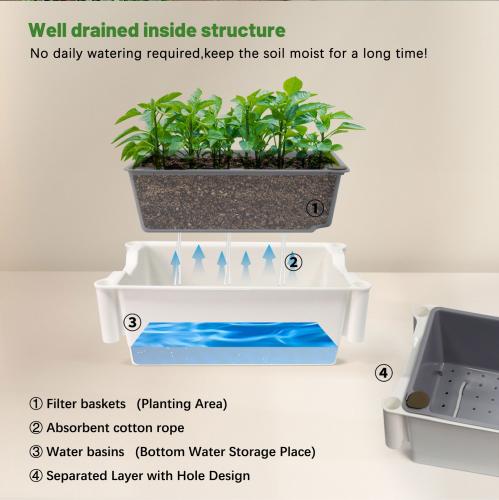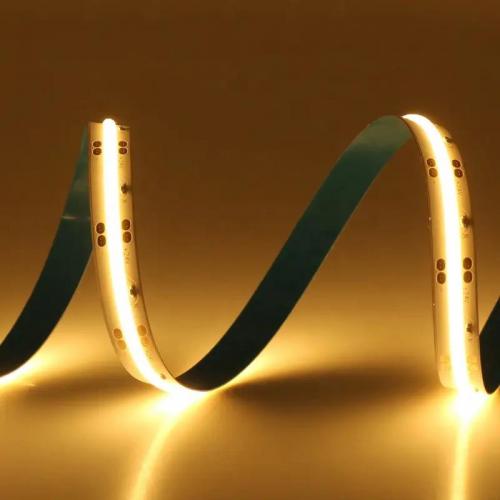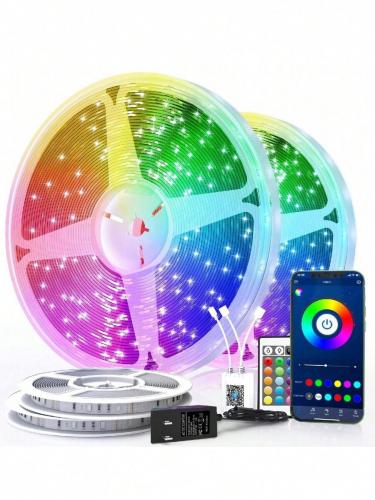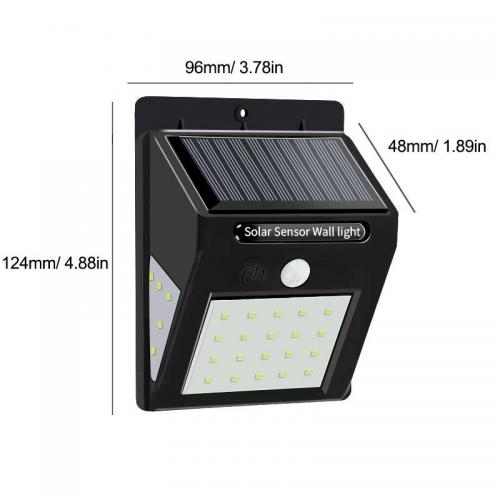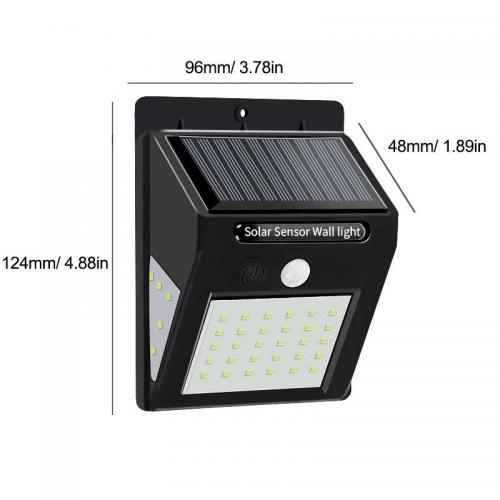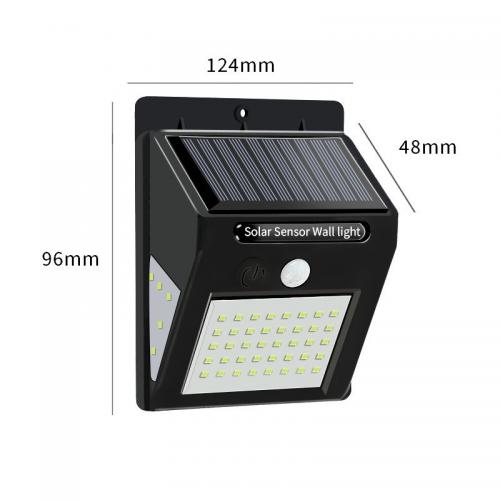Will both sides of LED strip lights still work if you cut them?
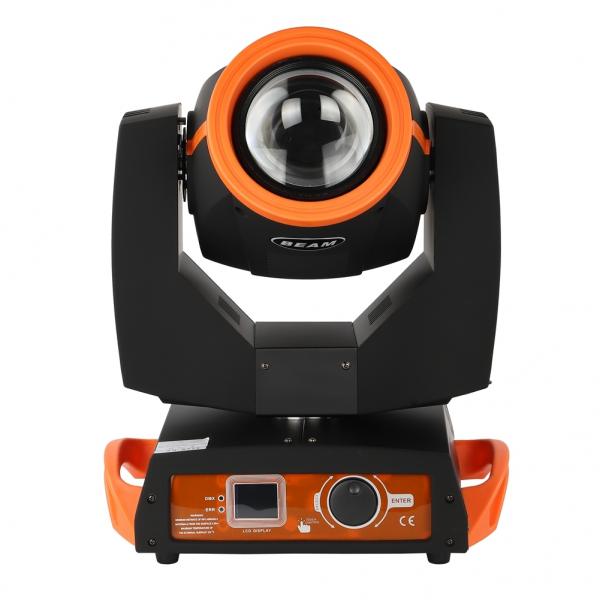
LED strip lights have become increasingly popular in recent years due to their versatility, energy efficiency, and ease of installation. As homeowners and designers seek to customize their lighting solutions, a common question arises: Will both sides of LED strip lights still work if you cut them? Understanding the functionality and limitations of LED strip lights is essential for anyone looking to tailor their lighting to specific needs.
Understanding LED Strip Lights
LED strip lights consist of a series of light-emitting diodes (LEDs) mounted on a flexible circuit board. These strips can be cut to size, allowing for customized lengths that fit specific spaces. The ability to cut LED strip lights is one of their most appealing features, offering flexibility in design and installation. However, cutting these strips must be done correctly to ensure continued functionality.
Cutting LED Strip Lights
When considering cutting LED strip lights, it is crucial to understand how they are constructed. LED strips have designated cutting points, usually marked by a line or symbol, which indicate where the strip can be safely cut. These cutting points are typically located between the copper dots on the strip. Cutting at these points ensures that the electrical circuit remains intact on both sides of the cut.
Will Both Sides Work After Cutting?
For both sides of an LED strip light to work after cutting, several conditions must be met:
-
Cut at the Correct Points: As mentioned, LED strips have specific cutting points. If you cut the strip at these designated points, both sides should continue to function independently. Cutting elsewhere could disrupt the circuit and render one or both sides non-functional.
-
Proper Connection: After cutting, the newly exposed ends of the LED strip need to be connected to a power source. This can be done using connectors designed for LED strips or by soldering wires to the copper pads. Proper connection ensures that electricity can flow through the strip, allowing the LEDs to illuminate.
-
Power Supply Considerations: Each section of the LED strip will need its own power supply or connection to a shared power source. Ensure that the power supply can handle the wattage required by the length of the strip you are powering. Overloading a power supply can lead to reduced performance or damage to the LEDs.
-
Voltage Compatibility: LED strips come in different voltage ratings, typically 12V or 24V. Ensure that the power source matches the voltage requirements of the strip. Using an incorrect voltage can cause the LEDs to malfunction or fail.
Practical Applications
Understanding how to properly cut and connect LED strip lights opens up a wide range of practical applications. Whether you're looking to install under-cabinet lighting in your kitchen, accent lighting in your living room, or decorative lighting for a special event, the ability to customize LED strips to fit your space is invaluable.
Under-Cabinet Lighting: For kitchen installations, cutting LED strips to fit the length of your cabinets can provide seamless illumination. Ensure that each section is properly powered and connected for consistent lighting.
Accent Lighting: In living rooms or bedrooms, LED strips can be cut to fit around furniture, mirrors, or artwork. This creates a unique ambiance and highlights specific areas of the room.
Outdoor Lighting: Weatherproof LED strips can be used outdoors for patio or garden lighting. Cutting and connecting these strips allows for tailored installations that enhance the outdoor space.
Troubleshooting Common Issues
Even when following best practices, issues can arise with LED strip installations. Here are some common problems and solutions:
-
One Side Not Working: If one side of the cut strip is not working, check the connection at the cut point. Ensure that the copper pads are not damaged and that the connection is secure. Re-solder or replace connectors if necessary.
-
Dim or Flickering Lights: This can be caused by insufficient power supply or poor connections. Verify that the power supply matches the voltage and wattage requirements. Check all connections for stability.
-
Overheating: LED strips can overheat if they are not properly ventilated or if the power supply is overloaded. Ensure that the strips are installed in a way that allows heat dissipation, and use a power supply that can handle the load.
Conclusion
Cutting LED strip lights can be a straightforward process if done correctly, allowing for customized lighting solutions that enhance any space. By cutting at the designated points, ensuring proper connections and power supply, and troubleshooting any issues that arise, you can achieve a functional and aesthetically pleasing lighting setup. Whether for home, office, or outdoor use, LED strip lights offer a flexible and energy-efficient option for modern lighting needs. Understanding these principles ensures that both sides of your LED strip lights will continue to work effectively after cutting, providing reliable and customizable illumination.

 Afrikaans
Afrikaans Čeština
Čeština Dansk
Dansk Deutsch
Deutsch Español
Español Francais
Francais Italiano
Italiano Magyar
Magyar Nederlands
Nederlands Norsk
Norsk Polski
Polski Português
Português Română
Română Slovák
Slovák Suomi
Suomi Svenska
Svenska Tiếng Việt
Tiếng Việt Türk dili
Türk dili Ελλάδα
Ελλάδα Русский
Русский اللغة العربية
اللغة العربية แบบไทย
แบบไทย 中文繁體
中文繁體 日本語
日本語 한국인
한국인
